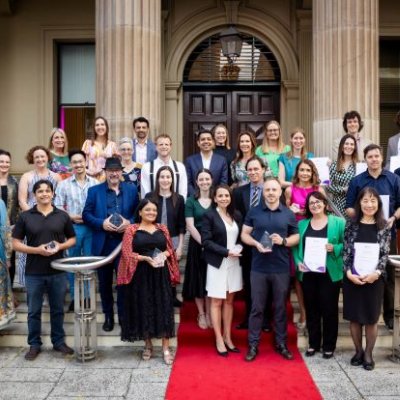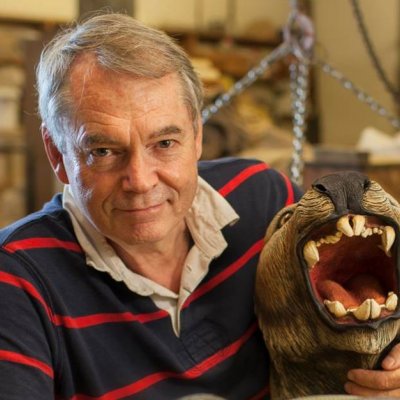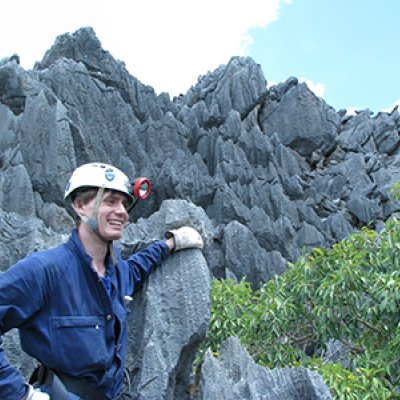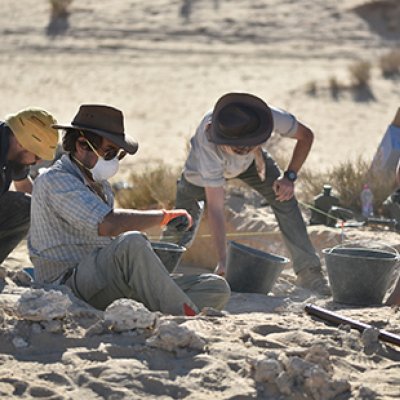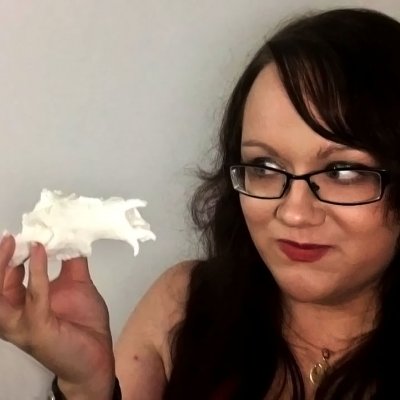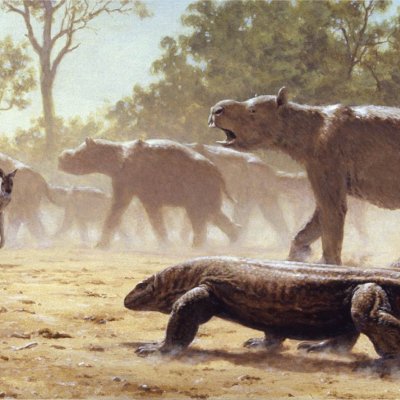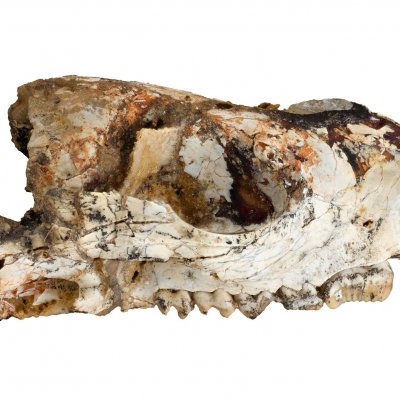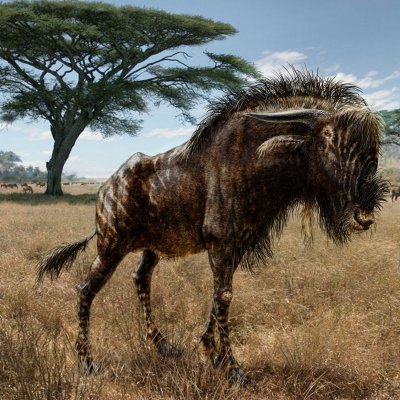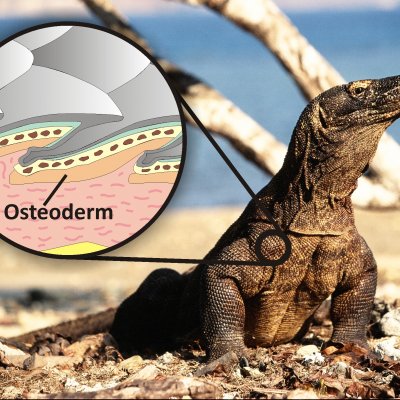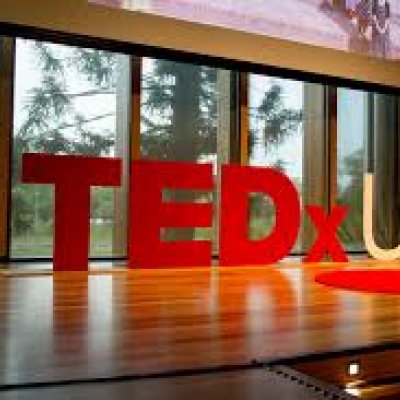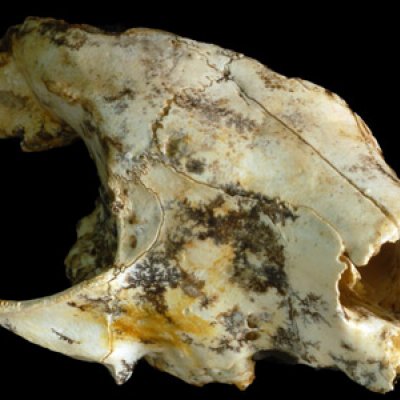Four University of Queensland educators have received 2023 Awards for Teaching Excellence for their leadership and innovation.
2 November 2023TEDxUQ returns to The University of Queensland this month with a line-up of insightful speakers at its 2023 event, Small Ripples, Big Waves.
8 August 2023Australia’s world-first evolutionary discoveries will be showcased in a public lecture at The University of Queensland next week.
3 October 2019The fossils of two extinct mice species have been discovered in caves in tropical Queensland by University of Queensland scientists tracking environment changes.
24 September 2018The discovery of an 88,000-year-old fossilised human finger in Saudi Arabia is rewriting the history of the first human migration out of Africa.
10 April 2018The cream of The University of Queensland’s teaching crop has been fêted at the annual UQ Awards for Excellence in Teaching and Learning.
31 October 2017Fanged kangaroos – an extinct family of small fanged Australian kangaroos – might have survived at least five million years longer than previously thought.
13 October 2017A giant prehistoric Ice Age marsupial related to wombats and koalas has been discovered to be the only marsupial known to have ever followed annual seasonal migration.
27 September 2017Humans may have exited of Africa and arrived in Southeast Asia 20,000 years earlier than previously thought, a new study involving University of Queensland researchers suggests.
10 August 2017Researchers believe the discovery of a new genus and two new species of extinct non-hopping kangaroos could shed light on the ancestry of all kangaroos and wallabies living today.
22 February 2016An ancient wildebeest-type animal and a member of the dinosaur family have several similarities, a team of researchers have discovered.
5 February 2016As if life wasn’t hard enough during the last Ice Age, research led by the University of Queensland has found Australia’s first human inhabitants had to contend with giant killer lizards
24 September 2015TEDxUQ returns tomorrow for its third annual installment of sharing “ideas worth spreading” at The University of Queensland.
22 May 2015University of Queensland palaeontologist Dr Gilbert Price has been named the 2013 Queensland Tall Poppy of the Year.
21 November 2013Palaeontologists from The University of Queensland (UQ) and The University of New South Wales (UNSW) have named a newly discovered extinct species of koala after Australian icon, Dick Smith.
30 May 2013UQ paleontologists have contributed to a new book that shows how to incorporate fossil data into ecological and conservation studies.
12 June 2012University of Queensland research has found one of Australia’s iconic animals is not a shadow of its former self.
11 December 2008University of Queensland research is uncovering the truth behind the largest marsupial ever to walk the earth – the 2.5 tonne wombat-like Diprotodon.
10 June 2008